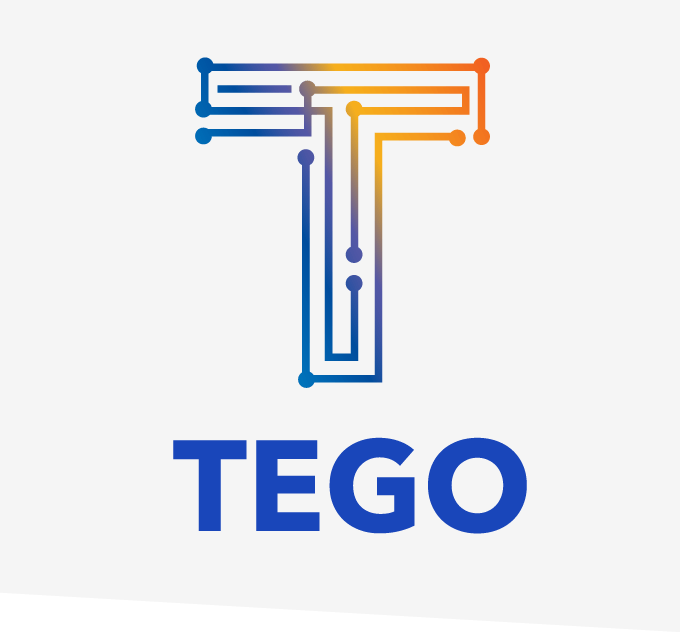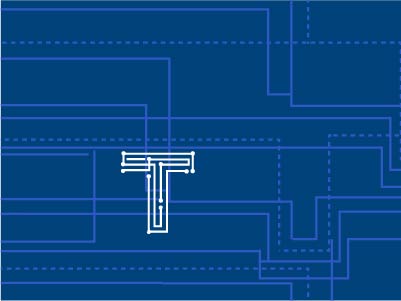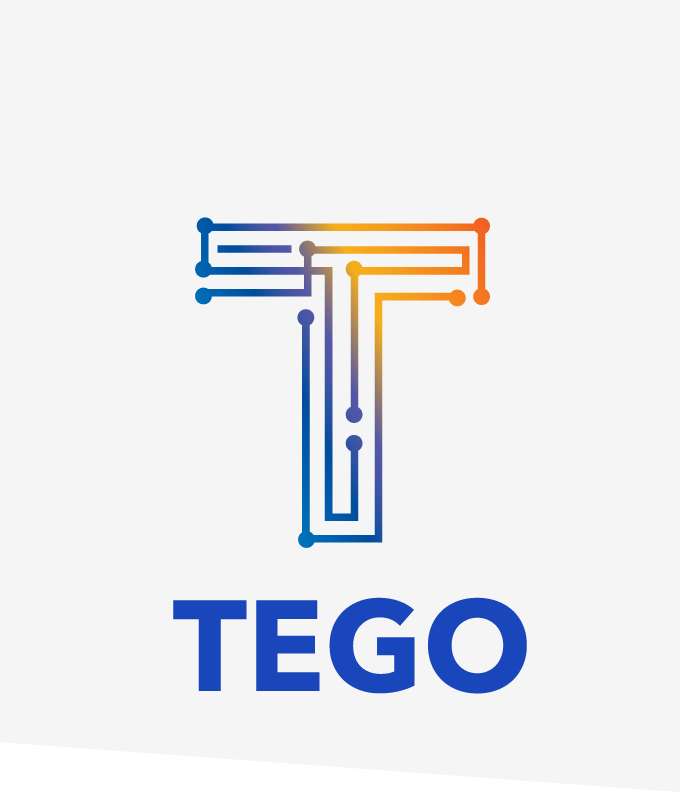As the pharmaceutical industry gears up for the next round of Drug Supply Chain Security Act (DSCSA) and 503B compliance measures, the challenge presents a favorable opportunity to turn away from thinking of compliance as a burden, and instead consider the compounded business benefits to be gained from a well-honed serialization strategy. Even in the absence of feeling forced to check the compliance box, there are a number of high-leverage financial and risk management implications that come from thinking beyond merely track and trace. Financial loss, patient safety and shareholder value all stand to win — or lose — on the shoulders of supply chain asset intelligence.
Over the years, the industry has employed several game plans designed to embed products in the supply chain with intelligence, to varying degrees of success. Primary among them: barcoding and, more recently, RFID.
Barcodes – Simple elegance, but simply not enough
Barcodes are the traditional, cost-efficient, easy-to-integrate solution for product tagging and tracking in the supply chain. But they do come with a number of limitations:
- They must be individually read, which can be a drag on workforce productivity.
- They cannot log critical data, such as chain-of-custody records or thermal monitoring for sensitive medicines.
- They require a line-of-sight reader, meaning they cannot be read at the product level through materials like boxes and textiles. For serialization and future aggregation requirements, this is a crucial shortcoming.
But perhaps the largest issue with packaging-level barcode security is that it has proven to be vulnerable to counterfeiting. As a rule of thumb, consider that a credible forgery often surfaces within six months of deployment for most packaging-level security technologies. Criminals have access to digital printing, packaging duplication equipment, and are well-versed in every phase of the manufacturing and delivery process through recent globalization efforts in the pharmaceutical industry. On that score, progress begets challenge. Any criminal with a cheap but high-quality printer can imitate packaging designs, including bar codes.
Simple RFID tags — close, but not quite there
On the anti-counterfeiting front, RFID tags do allow a manufacturer to write digital content onto a product itself, which can then be verified at delivery to ensure a patient receives the proper product. However, once written, this identification data cannot be modified to reflect changing transport conditions or chain-of-custody updates.]
Moreover, RFID signal frequencies across the world are non-standardized. This issue in fact, highlights one of the biggest challenges in how to approach compliance: There is currently a wide range of technologies used to exchange product transaction data, with no clear standard. It is expected that the GS1’s EPCIS standard will play a role in the exchange of non-serialized and serialized data between now and 2023, but for now, it requires an interpretation by the actors involved. Better to be safe than sorry, and stick to solutions that interoperate within GS1.
A third, and more dramatic issue is survivability. Many RFID solutions on the market today cannot survive sterilization or other extreme processing conditions that may come into play during life sciences manufacturing and transport operations.
Smart Assets take healthcare to, and beyond, DSCSA and 503B
Tego’s approach has been to allow individual products – from airline seating to the myriad valves and meters holding together the World’s energy infrastructure – to maintain and share their own unique “storylines” from manufacture to distribution, to maintenance. Those stories range from e-pedigree to critical usage details – events and operations endured a certain time and date, or across a given time period – that will validate compliance with processes, guidelines, and safety best practices. In fact, Tego wrote the part identification and data capture standard for the Airline industry.
Tego has taken RFID, well, beyond RFID with a passive, connected technology that allows manufacturers to transform any asset into what is essentially a mini-computer that can be read and written upon as if it was a laptop or mobile device. Tego’s solution is rugged enough to survive gamma and e-beam sterilization, not to mention blistering heat, unlivable cold and deep-water environments. More importantly, it connects only when asked, to solve for growing security concerns around “always on” IoT devices. Making an asset smart does not require a complicated IT infrastructure, an IP addressing scheme or even a power source.
What does the Smart Asset approach mean for healthcare? When you digitize the supply chain there are benefits that go well beyond track and trace. You enable significant improvements in inventory management and manufacturing lead times. You gain better forecasting capabilities with real-time, understanding of what’s happening, everywhere across the multi-layered supply chain. You dramatically improve recall processes by gaining visibility into granular-level product details for an early, almost surgical removal of only unfit products (and no more). And you become a value-adding entity up and down the entire value chain because you have the right data to share with partners at the right time, with no lag. In essence, you become a conduit for tighter industry-wide controls, auditing and revenue protection.
The coming serialization mandates give us all a chance to be smarter. Grab hold of the opportunity to do more to strengthen your value chain, perfect the electronic chain of custody process, improve patient safety, and stop counterfeiters in their tracks.




